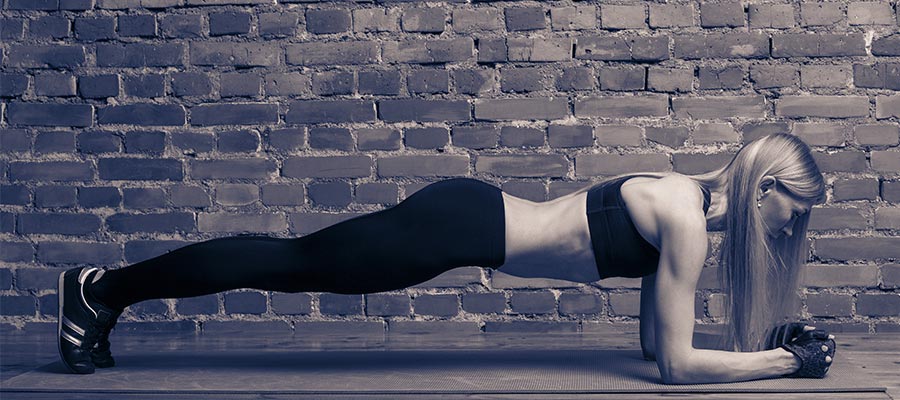
The importance of core strengthening is that it stabilizes the spine in anticipation of all movements, starting from when we roll out of bed in the morning to going out for an evening walk. When the spine is not supported, there can be undue stresses that cause wear and tear over time or, even worse, an acute injury. If the back has been injured, the muscles may not fire at all, or the timing of when they do can be delayed. This inadequate muscle support can lead to an increase in stress on the spine.
The core muscles include all the muscles in the trunk and pelvis (abdominal, back, and hip muscles). When looking at function, there are two types of muscle groups: those that stabilize and those that move the joint. Stabilizer muscles surround the joint, giving it support and balance when it is moved or loaded. Prime movers are the muscles that pull at the joint and create movement. To decrease risk of injury or recover from an existing injury, we always start with basic abdominal bracing exercises to ensure we can activate the correct muscles and turn them on at the appropriate time. After we build a good foundation, we can progress core strengthening in all different positions, from lying down, to sitting, and standing. As we strengthen these muscles, it will help stabilize the spine while doing everyday activities, such as reaching overhead into a cupboard or complex activities like throwing a ball.

